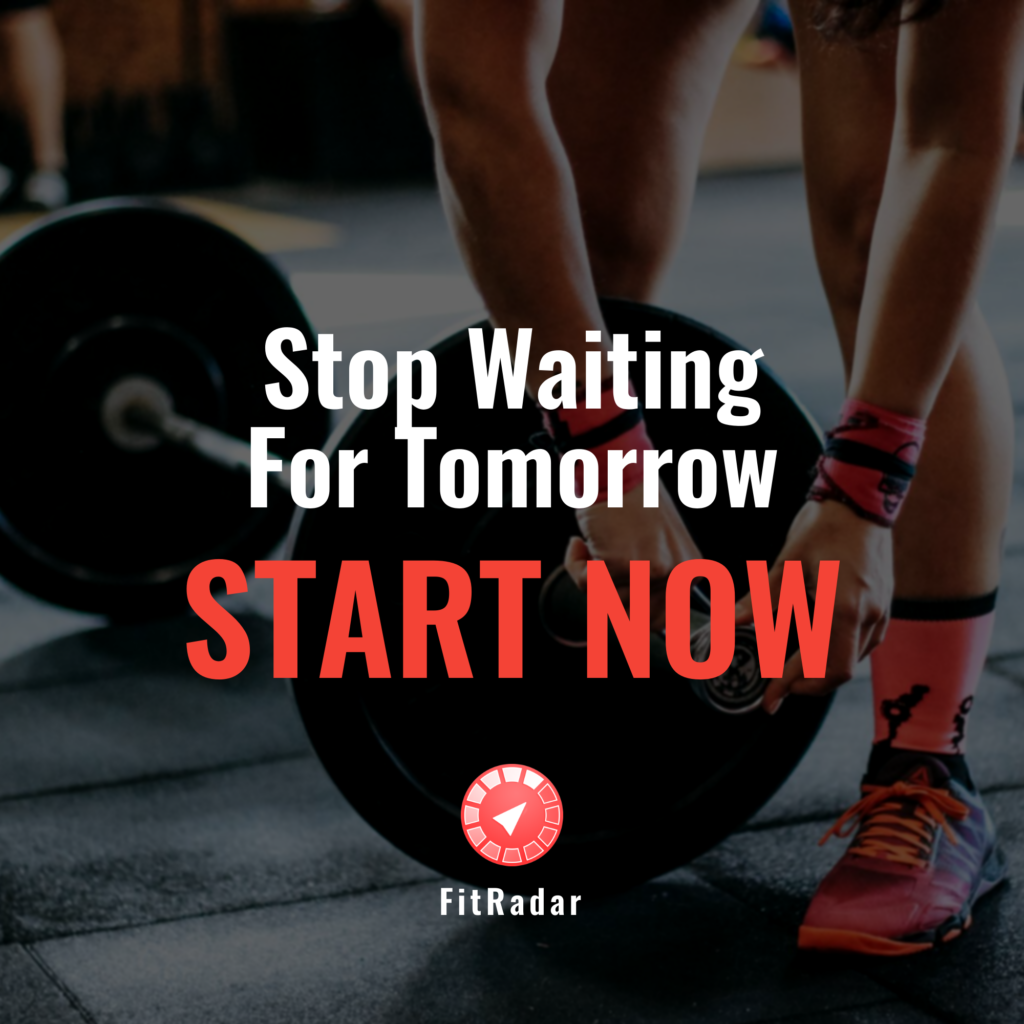
“You cannot give your trainer too much information,” says personal trainer Hannah Davis, CSCS, founder of Body by Hannah and author of Operation Bikini Body Training Program. Davis starts each new client relationship with a detailed questionnaire; the answers to which help her understand her clients’ real and perceived strengths and weaknesses. And this shouldn’t be a one-time conversation, she says. At the beginning and end of each workout, check in and volunteer relevant info, even if your trainer hasn’t asked. Here, the six things Davis says you just gotta divulge to your personal trainer to get the most out of those sessions—even if it makes you more uncomfortable than using the thigh adductor machine.
1. Your personal life is a little crazy right now.
If a family member is sick or you’re transitioning to a new job or home, your head is not going to be 100 percent at the gym. You don’t have to give your trainer any details you don’t feel comfortable sharing, but let him know you’re stressed. You know that’s trickling down to the way you eat, sleep and train, so your trainer needs a heads up so they can adjust your workouts accordingly. “I’m there to help your physical body, but because it’s very connected to the emotional self, it’s important that we address both in order to get the best physical results,” says Davis.
2. What you actually thought of the workout you just did.
Personal trainers are working for you, as the boss you need to give feedback on what you think of their performance. So don’t keep your trainer in the dark about the moves you’re less than fond of—though we can’t guarantee they’ll completely nix them. “If you absolutely hate an exercise, tell me! You should enjoy your workouts and there are many ways to work the same muscle group,” says Davis. Explore your options with your trainer until you find something that’s effective and fun.
3. Everything you’re really eating. And drinking.
Most of the time we don’t even think we’re lying about this stuff—we just do a lot of generalizing. And while not all trainers are nutritionists, they need to know what you’re putting into your body. Get granular about it. Does “healthy eating” include details about your daily sugary Starbucks habit? Davis says learning about these diet details usually leads to a breakthrough in her clients’ training. “Once a client can be totally honest about how they eat, I can help them make small changes that add up and help them get the most from their training sessions.”
4. When you’re more than sore.
If you continue to say your workout was great—and ignore that stabbing sensation in your foot—your trainer will continue to create your workouts based on the progress it appears you’re making, or you should be making. When that injury comes on full force, you’re going to be set back more than if you’d asked for a modification from the start. “Generally, a client won’t tell me their knee or shoulder hurts until I figure it out on my own, or it becomes just too unbearable,” says Davis. “Then, I am able to address it with corrective exercise techniques and when it gets better, they’re able to get stronger and build more muscle.” Of course, always address sharp pains or if something doesn’t feel quite right in the moment.
5. When someone you’re close with isn’t on board.
A mini cheering squad makes all the difference when you’re making a major physical change or lifestyle commitment. If your friends, family, roommates or S.O. isn’t providing that support, your trainer wants to know. When this happens, Davis says she works with her client to find ways to keep them motivated and accountable or she creates a plan to get the other person on board.
6. Your biggest fears.
Even if those fears are about the program you’re starting. Davis says this is one of the best insights she can have into how to help her clients improve the physical and mental aspects of their training. “Is it that it didn’t work last time? Are you afraid to fail? Are you afraid of heavy weights? I want to know!”
Does your trainer know the answers to all of these questions? If not, time to start sharing. Don’t be afraid to get personal—it’ll only make your workouts better for the both of you.
Visit our website and join the mailing list. Our app is coming soon: https://www.fitradar.me/
P.S. Source: https://www.self.com/story/6-things-women-hide-from-their-personal-trainers



